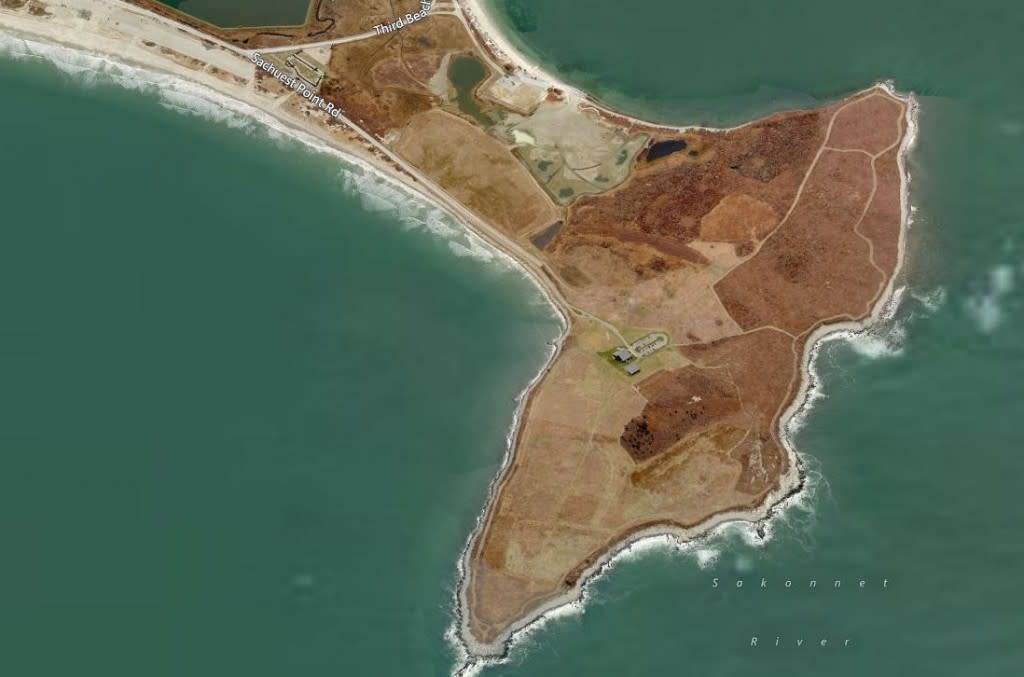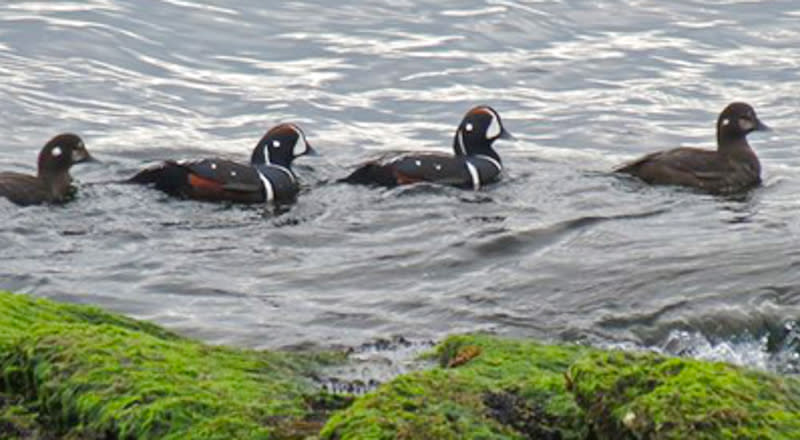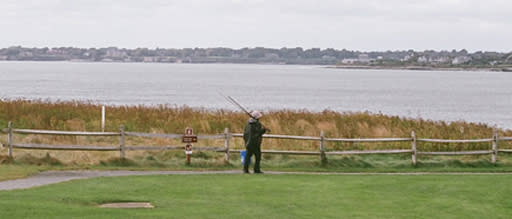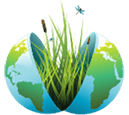
Sachuest Point
About
GENERAL INFORMATION
Criteria:
Listed on more than one “valuable wetland” list by natural resource agencies or nongovernment organizations.
Protects biological diverse wetland flora, fauna and/or their habitat
Supports significant numbers of wetland-dependent fauna, such as water birds or fish
This refuge is one of five national wildlife refuges in Rhode Island. In 1970, a 70 acre donation from the Audubon Society of Rhode Island led to the establishment of Sachuest Point National Wildlife Refuge. Today, with the land transfers from the Navy, the Refuge totals 242 acres that provide an important stopover and wintering area for migratory birds.
Shrubland, cobble beach, and salt marsh habitats provide valuable habitat for numerous species of flora and fauna including New England cottontail, harlequin duck, saltmarsh sparrow, and endangered migratory birds. Other highlights the USFWS identify include: visitor interpretive center with classroom available, 200 species of birds that utilize the refuge, and excellent surf fishing.
Exemplary Ecosystem Services:
Aesthetic/cultural heritage value/ provisioning
Recreation (birdwatching, ecotourism)
Education
CONSERVATION STATUS AND THREATS
Public Access: Yes
Current and Future Threats: Coastal erosion and sea level rise.
Conservation status: National Government Protection
Adjacent Land Use: Residential - medium density
Approximate natural buffer width:
> 100 ft
Other information:
High value birding location.
ECOLOGY
Approximate size: 242 acres
General wetland characterization:
Coastal Salt Meadow
Coastal Regularly Flooded Salt Marsh
Coastal Saline Sound/Bay
Adjacent Water Bod(ies):
Pond
Tidal Systems
Name of body of water: Sachuest Bay and Sakonnet River
Surficial Geology:
Shallow to bedrock area. Interior marshes have surficial peat.
Bedrock Geology of Rhode Island (Geological Survey Bulletin 1295, US Department of the Interior 1975) excerpts:
1. "The shores of Newport Neck expose a considerable mass of volcanic tuff, conglomerate, and quartzite. Other exposures of these rocks are on the southeastern part of Conanicut Island, Cliff Walk of Newport, the outer shore of Sachuest Point..."
2. Pennsylvanian rocks of Narragansett basin, described as "...clastic sedimentary rocks of continental origin, more or less metamorphosed."
Soils:
Peat within salt marsh, otherwise shallow to bedrock
FLORA AND FAUNA
Dominant flora: Shrubland habitat: native grasses such as little bluestem and flowers like goldenrods, asters and wild radish as well as native shrubs (northern bayberry, arrowwood, shadbush and high-bush blueberry). Saltmarsh grasses.
Dominant fauna: Migratory and song birds, pollinator species. Audubon "Important Bird Area" (>200 species)
Rare fauna: New England cottontail rabbit, salt marsh sparrow, and critical breeding habitat for the threatened piping plover. Wintering habitat for Short-eared Owls, Northern Harrier, Horned Lark, and other grassland species.
ADDITIONAL INFORMATION
Audubon – Important Bird Areas
CONTACT INFORMATION
Applicant First Name: Antonio
Applicant Last Name: Federici
Applicant E-mail Address: fedmail2@yahoo.com
Images



